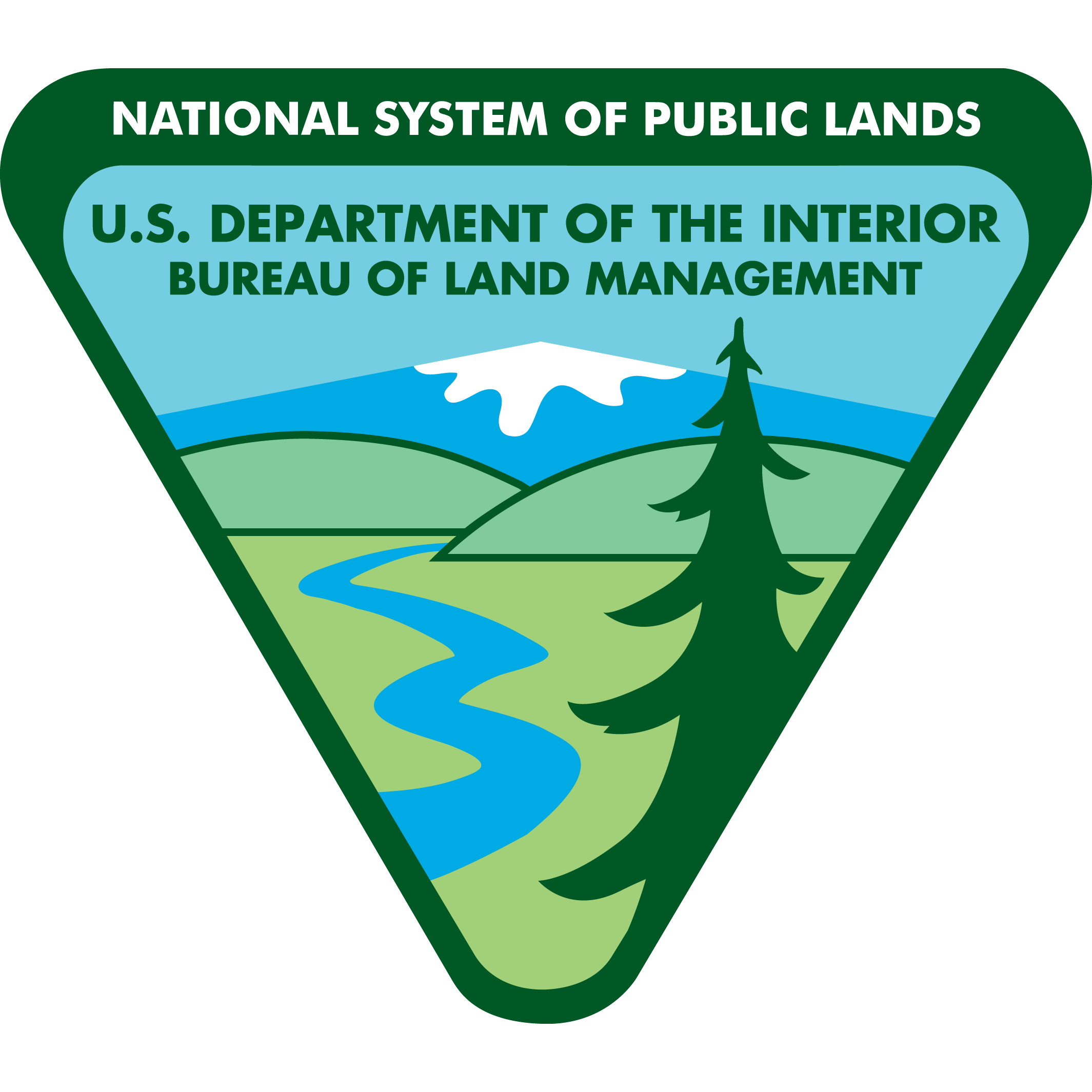Resource monitoring at scale
The Bureau of Land Management (BLM) manages 247.3 million acres of public land, one-eighth of the entire landmass of the United States. The task of managing such a large area — including many of the most remote parts of the country — is immense and to help to inform their management decisions the agency has invested in advanced uses of technology and ambitious programs to better monitor those lands at broad scales.
In 2015, the BLM became one of the earliest supporters of ClimateEngine.org, prompted by a need for the agency to adopt a more data-driven approach to monitoring drought in order to help inform grazing permitting decisions. Since then, the BLM has continued to support national-scale initiatives to collect standardized data and to develop cutting-edge satellite datasets. In turn, the BLM’s continued support has also helped ClimateEngine.org to grow into a platform that increasingly enables agency staff to leverage a host of vegetation, drought, hydrology, and wildfire datasets to monitor BLM lands from local to national scales.
Investments in scalable rangeland monitoring
Having access to consistent and repeated resource monitoring data is essential to the BLM’s operations and decision-making processes — in particular, for developing resource management plans, performing rangeland health assessments, and supporting permitting decisions. For many decisions, the monitoring data must have robust spatial coverage to account for landscape heterogeneity and frequent enough collection to monitor change through time. In this regard, the BLM has positioned itself as a leader in the monitoring of federal lands through its national Assessment, Inventory, and Monitoring (AIM) strategy and its strategic investments in satellite-based vegetation monitoring.
Credit: Bureau of Land Management
The BLM’s Assessment, Inventory, and Monitoring (AIM) program has collected data tens of thousands of field monitoring sites, which now supports producing maps of rangeland indicators for all BLM lands.
From its inception, the AIM strategy was designed to collect consistent data through time and, as one of its five principles, to enable the development of remote sensing models. Since 2010, AIM crews have collected more than 22,000 field plots. As a result, AIM products have become robust datasets for developing both empirical machine learning models and physical process models. Models have been applied to establish relationships between satellite datasets and the AIM data to produce consistent maps of BLM lands, many of which map change through time, such as the Rangeland Analysis Platform, RCMAP, Near-Real-Time Cheatgrass, and LANDFIRE and. In turn, the BLM has also been a primary or supporting funder of many of these satellite-derived products — see the BLM’s report on remote sensing fractional cover products here.
Following these advancements in satellite-based resource monitoring, the BLM is seeking to better integrate the newest datasets into existing monitoring procedures — that’s where ClimateEngine.org comes in. The Climate Engine tool provides a simple interface that enables BLM resource managers to assess rangeland vegetation, water resources, and climate conditions all from a browser at their desk. Importantly, the tool also serves as a common platform that can be used to analyze a variety of satellite-based datasets side-by-side, leveraging the multiple lines of evidence approach that the agency embraces.
Using satellite data to automate riparian restoration monitoring
Riparian vegetation along streams provides a variety of ecosystem services such as habitat value for a variety of species, regulation of water temperatures, and regulation of water flow rates. For this reason, when these systems become degraded the BLM prioritizes restoring vegetation and hydrologic function. However, while monitoring the effectiveness of the projects following restoration is essential for adaptive management, collecting robust pre- and post-restoration monitoring data is typically expensive and can often be impossible for restoration projects that were completed in the past.
Geospatial climate and vegetation datasets analyzed using Climate Engine provide valuable riparian restoration monitoring data quickly, easily, and freely
Satellite datasets overcome many of the challenges of collecting field data and provide a compelling option for monitoring vegetation outcomes after restoration. In particular, the USGS/NASA Landsat program has collected satellite imagery in a consistent manner since 1984, including indices of vegetation health and productivity. Recent advancements in cloud computing of geospatial datasets and open data policy have facilitated applications of satellite data by resource managers. To support the monitoring of riparian resources using satellites, Mark Hausner and colleagues at the Desert Research Institute and the University of California-Merced developed statistical tests of restoration outcomes for riparian vegetation that can now be applied by resource managers for any location using the Climate Engine tool.
Next-generation monitoring of BLM resources
Satellite remote sensing and climate datasets have the potential to provide significant value to the BLM by applying consistent and spatially continuous data through time. However, agencies like the BLM often make decisions and draft reports at the scale of land units like allotments, pastures, or field offices and satellite and climate data are not natively mapped to those units. Thanks to support from the BLM Nevada and Montana/Dakota’s State Offices, a current focus of our partnership with the BLM involves mapping drought, vegetation, hydrologic, and fire data for the past four decades to every allotment, field office, district office, and state office under BLM management.
Extracting vegetation, climate, drought, and fire variables for BLM land units provides data to resource managers at the scale of decision-making, supporting the use of spatial data as part of the BLM’s multiple lines of evidence approach.
The outcome of this effort will be a database capturing the condition and trend of tens of thousands of BLM land unit in terms of a variety of rangeland vegetation and climate indicators. Broadly, this approach will support the monitoring of BLM land units at broad scales and provide additional data to augment BLM’s existing data sources. In addition, the database will enhance the Climate Engine tool by providing choropleth maps of BLM land units and will enable the production of data-driven reports on vegetation productivity and drought in near real-time to BLM managers.




